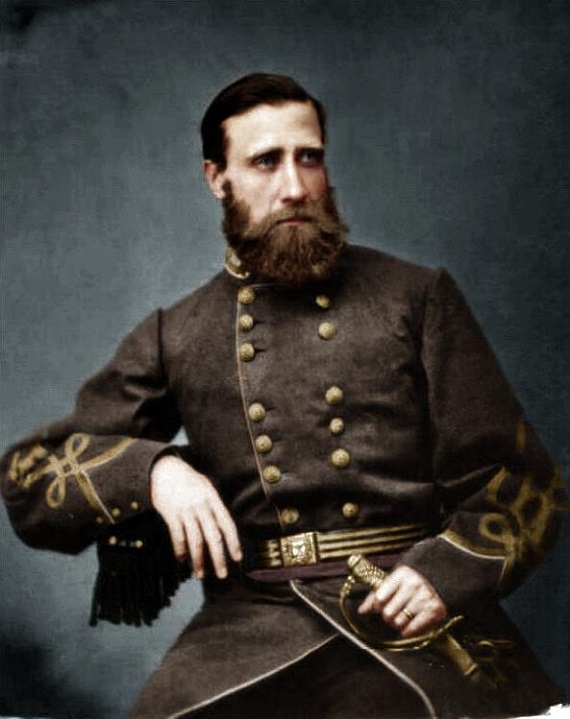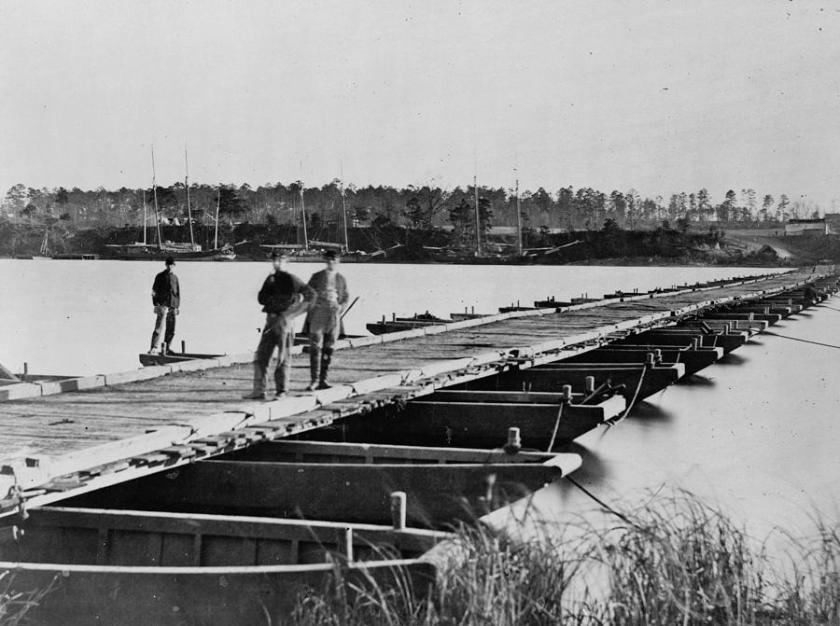https://civilwarhistory-geneschmiel.com
Franklin-Nashville Campaign, continued.
After General Jacob Cox deflected Confederate General John Bell Hood’s flanking attack at Columbia on the 24th , Union commander John Schofield knew his outnumbered force needed to move north to avoid being overwhelmed. However, he didn’t move rapidly toward Nashville, where overall commander George Thomas and his forces were based. Schofield had been ordered to keep Hood occupied for as long as possible. at least until the Union forces, including the 16th corps coming from Missouri, were coalesced in the Tennessee capital; and that event seemed many days away.
As a result, Schofield ordered all his forces over the Duck River north of Columbia in the hopes that that would delay Hood for at least a few more days. Late on the 27th, he had set up a strong defensive position, including by burning the pontoon bridges his men had used to cross the river. Looking ahead, he sent a message to Thomas asking for pontoon bridges to be prepared for a potential crossing of the Harpeth River north of Franklin. He did not tell Thomas that he had destroyed his pontoons. Also, that day reinforcements, including two regiments which would play a key role at the November 30 Battle of Franklin, the 44th Missouri and 183rd Ohio, arrived. They were accompanied by 1000 cavalrymen led by the newly-minted overall commander of the Union cavalry, the 26 year old “boy wonder” General James Wilson.
John Bell Hood assessed the situation, and was probably pleased that Schofield was not withdrawing rapidly north. He saw it would be foolhardy to try to cross the Duck River and attack the entrenched Union on the other side. Intent on getting between Schofield and Nashville, for the second time on this campaign he began thinking about a flanking maneuver. As he later recalled in his memoirs, “the situation presented an occasion for one of those interesting and beautiful moves upon the chess-board of war” as had been done by “the immortal Jackson” at Chancellorsville.
More on that emulation of Jackson tomorrow. For now, images of Schofield, Hood, Wilson, Columbia, and a typical pontoon bridge.





